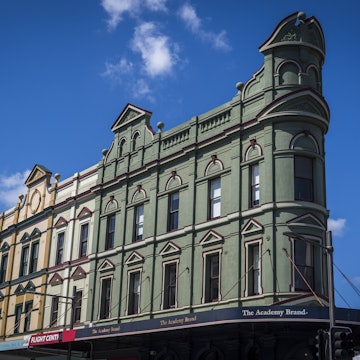

© Isabella Moore/Lonely Planet
Overview
Sydney, spectacularly draped around its glorious harbor and beaches, has visual wow factor like few other cities. Scratch the surface and it only gets better.
Plan your trip with Guide, an AI travel planner!
Create a personalized trip itinerary in seconds using artificial intelligence.
Must-see attractions
Planning Tools
Expert guidance to help you plan your trip
Best Time to Visit
Use this guide to plan the perfect trip to Sydney no matter what time of year you're traveling.
Read full article
Things to Know
From what to pack to local culture and etiquette, here's what you need to know before you head to Sydney.
Read full article
Transportation
Sydney's public transport network is reliable, reasonably priced and way more convenient than driving – plus its largely air-conditioned.
Read full article
Free Things to Do
You don't need a fat wallet to enjoy the glamour and chic of Sydney. These free experiences, attractions and Sydney icons won't cost you a cent.
Read full article
Best Neighborhoods
From vibrant LGBTIQ+ communities to flashy tourist attractions and major sights, this is your ultimate guide to Sydney's neighborhoods.
Read full article
Day Trips
It’s easy to get out of the city and into nature with these five fabulous day trips from Sydney.
Read full article
Money and Costs
Sydney isn't an inexpensive city to visit, but with these tips and tricks, you can make the most of your budget.
Read full article
Traveling with Kids
Family-friendly Sydney is packed with amazing experiences to share with your kids, from bushwalking to ocean pools, plus playgrounds, museums and art.
Read full article
5 Shops
From jewelry to vintage clothes, here's our pick of the best independent stores in Sydney.
Read full article
Spending Diaries
Our writer shares his highlights and costs from a long weekend in Sydney, with tips on how to save money and where to splurge.
Read full article
Get a book. Get inspired. Get exploring.
in partnership with getyourguide
















